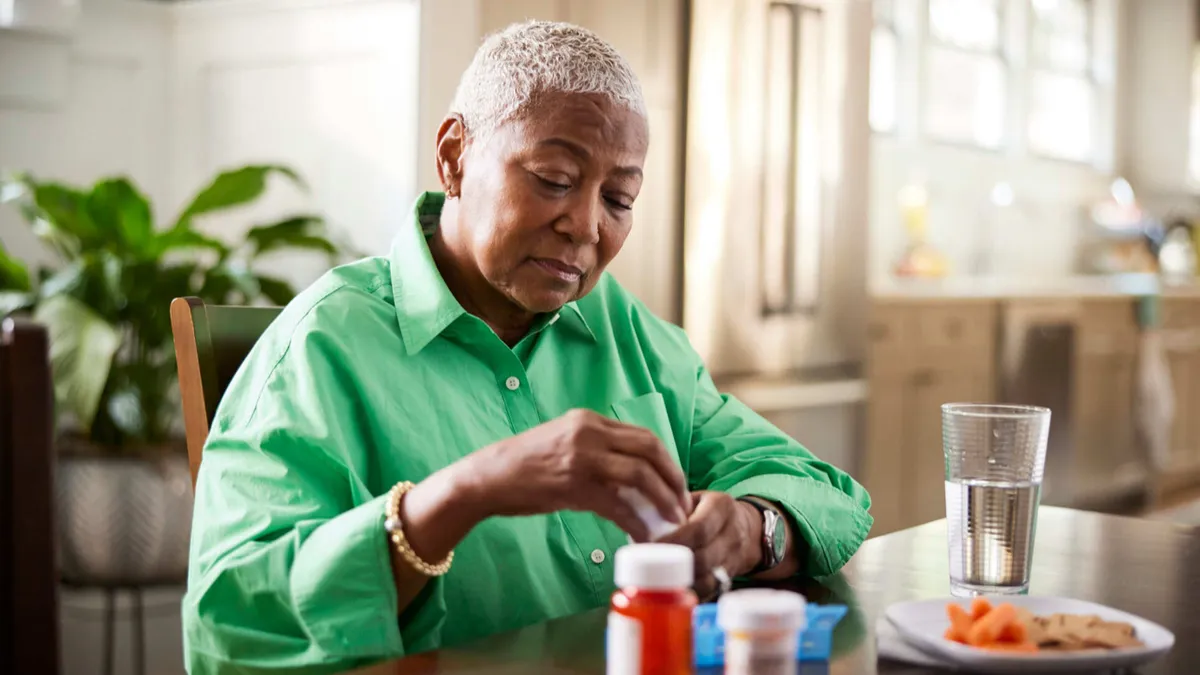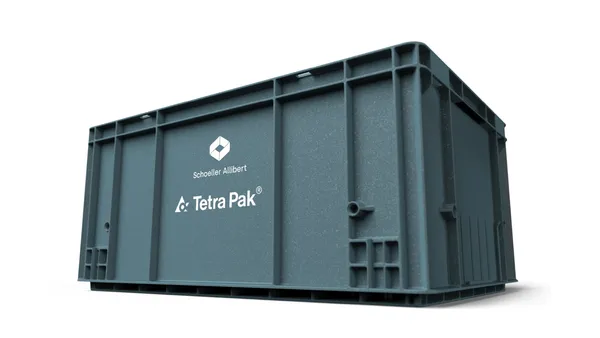From screwdriver sets to smoked salmon, opening certain types of packaging can be a daunting prospect. Once consumers finally get it open they’re often confused by how to properly manage the multiple layers of plastic, cardboard and other materials.
This issue is especially relevant for people with arthritis, chronic pain or difficulty with dexterity. Now, health advocacy groups, recycling organizations and industrial design academics are advancing programs to tackle these challenges. In their view, everyone can benefit from product packaging that is well-designed, easy to open and easy to recycle.
Seal of approval
Deb Gokie, vice president of the Consumer Health and Ease of Use program at the Arthritis Foundation, is very invested in making user-friendly packaging a reality.
"What we know from our surveys is that 72% of consumers would switch brands if there was a product or package that was easier to use,” she said.
Gokie said the program was created in recent years with the goal of being a resource for the arthritis community. Designs submitted by manufacturers are reviewed by the Intuitive Design Applied Research Institute, a third-party independent testing organization, using laboratory and human factor evaluations.
"This certificate seal can be put on the label of the product, and we are finding that when consumers see that it is a real shelf differentiator in purchasing,” she said.
The Arthritis Foundation’s helpline often hears from older people experiencing difficulty with packaging, but Gokie said this is not solely an issue for seniors. According to the most recent data from the Centers for Disease Control and Prevention, arthritis affects 7.1% of adults in the 18-44 age range, 30.5% of people age 45-64 and 50.4% of people 65 and over. Gokie said that arthritis or dexterity is also an issue for some children and adolescents under 18, and that category is growing.
“Think of young people or kids trying to open a toy or art supplies. They are as vulnerable to the same packaging frustration as someone decades older trying to open a set of garden shears,” she said.
The Arthritis Foundation identified five top areas where people struggle to use or open products: household products (including medication), electronics, outdoor equipment, garden tools and sports or fitness items.
“People with arthritis struggle tremendously with simple everyday tasks; opening packages shouldn't be one of them,” she said. "When you are designing products and packaging that are easier to use among people having arthritis and chronic pain, it makes it easier for them, but it also makes it easier for anyone else. So everyone, every potential customer, benefits.”
Meeting design challenges for the future
Consumer-focused designs are also a priority for Dan Cuffaro, chair of industrial design at the Cleveland Institute of Art.
"From day one in our program we are trying to teach that design must focus first and foremost on the end user," he said. "Our curriculum for entering students includes an observation project where students observe and interview kids, adults and older adults. Then they have to design a food carrier, like a lunchbox, that is appropriate for each group."
Cuffaro said that not everyone experiences the world in the same way, "so we are starting to teach students to be empathetic to the circumstances of the end user” and “by making that a priority we are better designers."
While Cuffaro recognizes that product preservation, deterring theft and promoting marketability are the traditional packaging design goals, he also sees a need for other considerations.
"If we design packaging toward consumers, practical reuse and [keeping] material out of the waste stream it's a big win,” he said. “What's easier for retailers can cause problems for the end users and the environment.”
Cuffaro said shoe boxes are a “perfect example” of packaging that is easy to use, easy to market by stacking and has good reuse potential. But overall he said much of today’s packaging design is not driven by ergonomic considerations.
Katherine Huded, vice president of recyclability solutions at The Recycling Partnership, endorsed these goals and said, "We want manufacturers to reduce the amount of packaging, have options for its reuse, and then make it easy to recycle."
Huded said that efforts to minimize packaging and preserve products are important, but not at the expense of environmental considerations. Packaging that is hard to open may also be made out of materials that are less recyclable, and Huded said that consumer confusion about how to recycle each component may only compound the problem.
"Through our behavior research, we've learned a lot about how people feel about packaging and recycling. People want to recycle, but 60% of them are confused. The labeling is not clear on what to do and they feel guilty, which contributes to a sense of frustration with packaging material."
Both Gokie and Cuffaro voiced similar concerns that the initial frustration in just getting a product open is worsened by consumers who then don't really understand how to properly dispose of the material.
"What happens is they end up just throwing it all out and it goes to our landfills," said Huded, adding that better labeling "must make it as easy to recycle as to throw away."
With designs focused on end users, and programs that motivate manufacturers to consider ease of opening and labeling, sources hope the landscape will improve for consumers.
"In less than 10 years when the arthritis population is estimated to be 70-plus million Americans and arthritis ... it is imperative that producers put their packaging designs within this context,” said Gokie, noting that arthritis is currently the number one cause of disability. “When you have products and a package design that works well, you are expanding that brand with a message that it cares about helping people."
Correction: This article has been updated to clarify the inspiration behind the Arthritis Foundation's Ease of Use program.






















